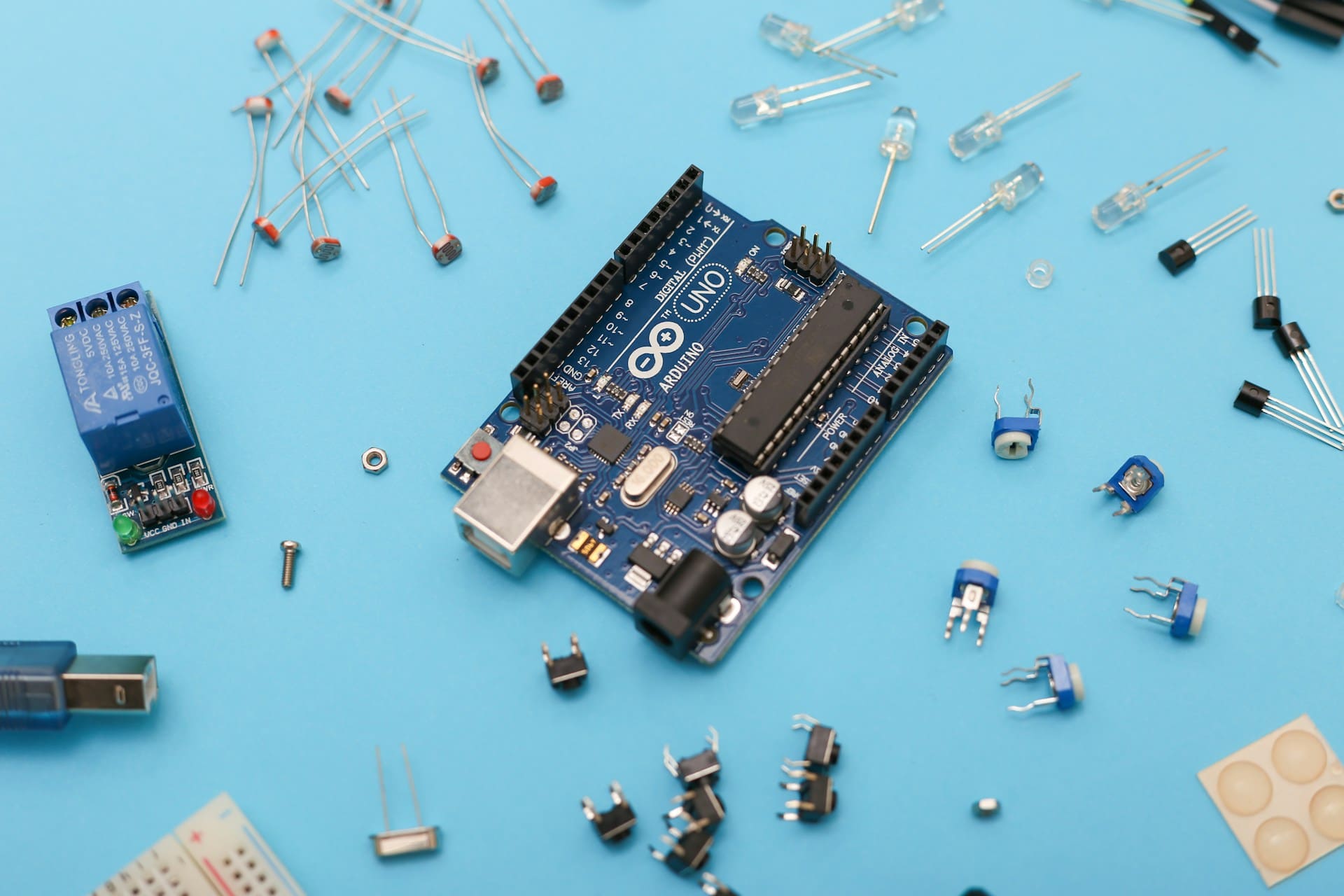The global chip industry is poised for a significant rebound this year with sales expected to jump to a record level, fueled by a greater need for the electrical components from the GenAI technologies to PCs and smartphone demand. Semiconductor supply chains are uniquely challenged due to long lead time, capital intensity and distributed and disaggregated value chains.
In a recent webinar, Anne Hoecker, Michael Schallehn, and Peter Hanbury, partners at Bain & Company, discussed implications for semiconductor vendors and customers up and down the value chain, and introduced an approach to mitigating future risks.
Semiconductor industry has been down by roughly 11% in 2023, which was mainly driven by decline in PC and smartphone market. Also the memory has been hit quite hard on the revenue as well as price in the previous years but now returning to normal in Q4 of 2023.
New growth drivers
Webinar also shed light upon the growth drivers in 2024, mainly driven by growth in Generative AI and fantastic performance by Nvidia and AMD. In the automotive industry the main growth drivers has been EV, ADAS technology and in-vehicle entertainment. From a technology perspective advanced packaging is also becoming more and more relevant in order to assemble chips. And lastly if we look at what VCs are investing in – the biggest investment areas are AI and machine learning, data centre technologies; other important segments include HPC and Photonics.
New growth drivers:
- Automotive
- Electrification, autonomous vehicles and in-vehicle features
- ECU consolidation
- Industrial, defence and other
- transition to renewable energy
- automation
- Artificial intelligence
- rising AI workload
- AI replacing non-AI work spend
Semiconductor Supply chains have become increasingly complex
Anne Hoecker during the webinar said “countries now wants to have a more resilient supply chains.” Semiconductor industry has a very multinational supply chain with lots of components, chemicals and gases, so we are looking at a very global supply chain. The front end part of semi capacity has migrated largely to APAC with major chunk in China and Taiwan.
“Semi manufacturers are investing in facilities outside their geographical areas”
Anne also presented that a typical fab utilisation is around 80-90%. Factors that could shoock supply chains could include demand from PCs, GenAI + GPUs. This could also be further impacted by reduction in fab utilisation due to geo-political restrictions and shortage of Neon, Gallium, Helium etc.
Looking Ahead
- Diversification: Countries and companies are looking to diversify semiconductor manufacturing geographically to reduce reliance on any single region.
- Technological Advancements: Investments are being made in research and development to improve chip fabrication techniques and increase production efficiency.
- Collaboration: Increased collaboration between stakeholders across the supply chain is crucial for building resilience and managing disruptions.
By understanding these challenges and implementing solutions, the semiconductor industry can work towards a more robust and sustainable supply chain.





